Today officially began our experience in the Old City, starting at the Jaffa Gate with the Ramparts Walk. Eitan first talked about the history of the walls dating back approximately 500 years and the strategic advantages (and challenges) of life within. We then climbed the narrow stone catwalk surrounding the city, giving us a bird’s eye view of both ancient and modern Jerusalem. The dizzying walk took us high above the Armenian Quarter, ultimately descending near the entrance to the City of David.


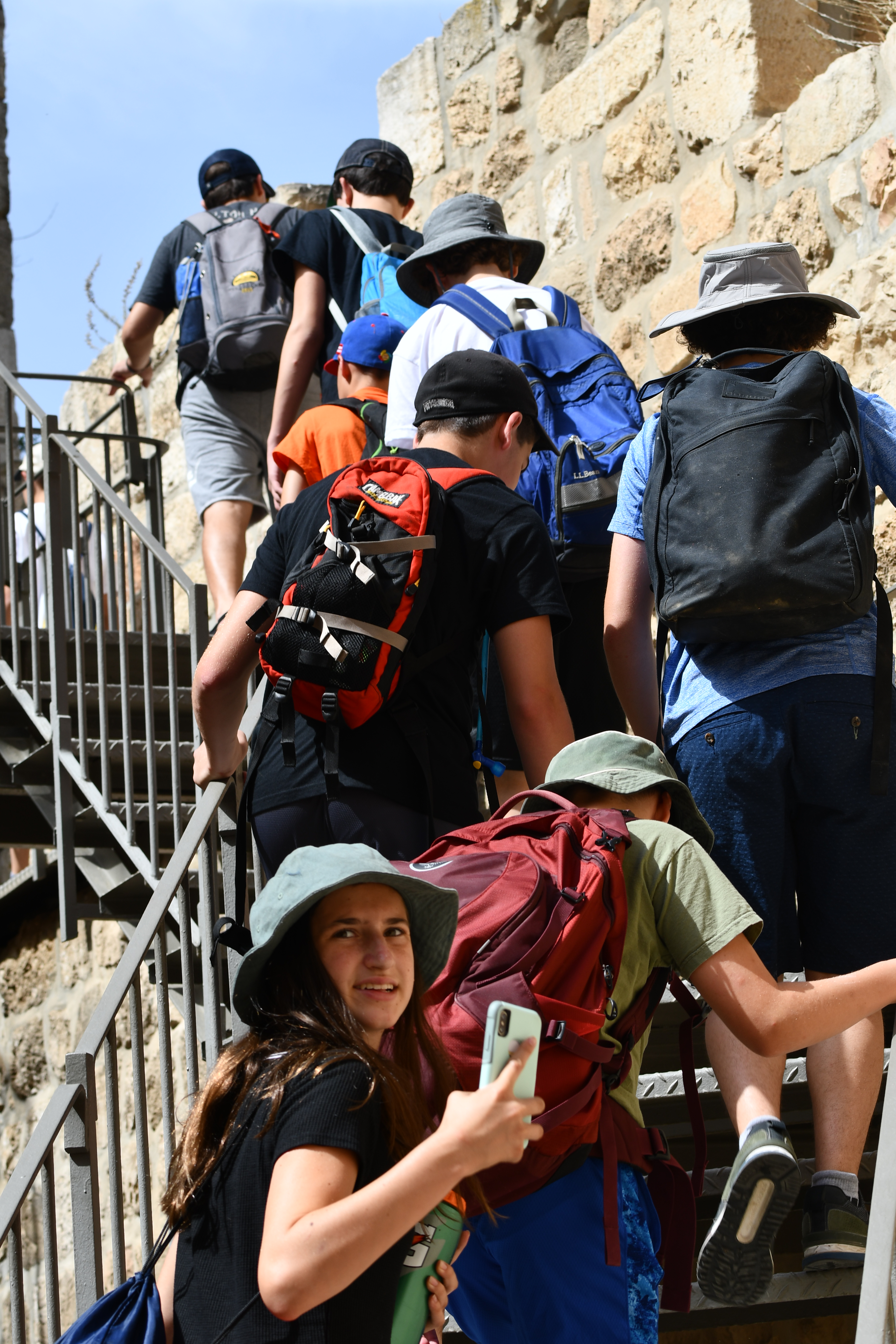
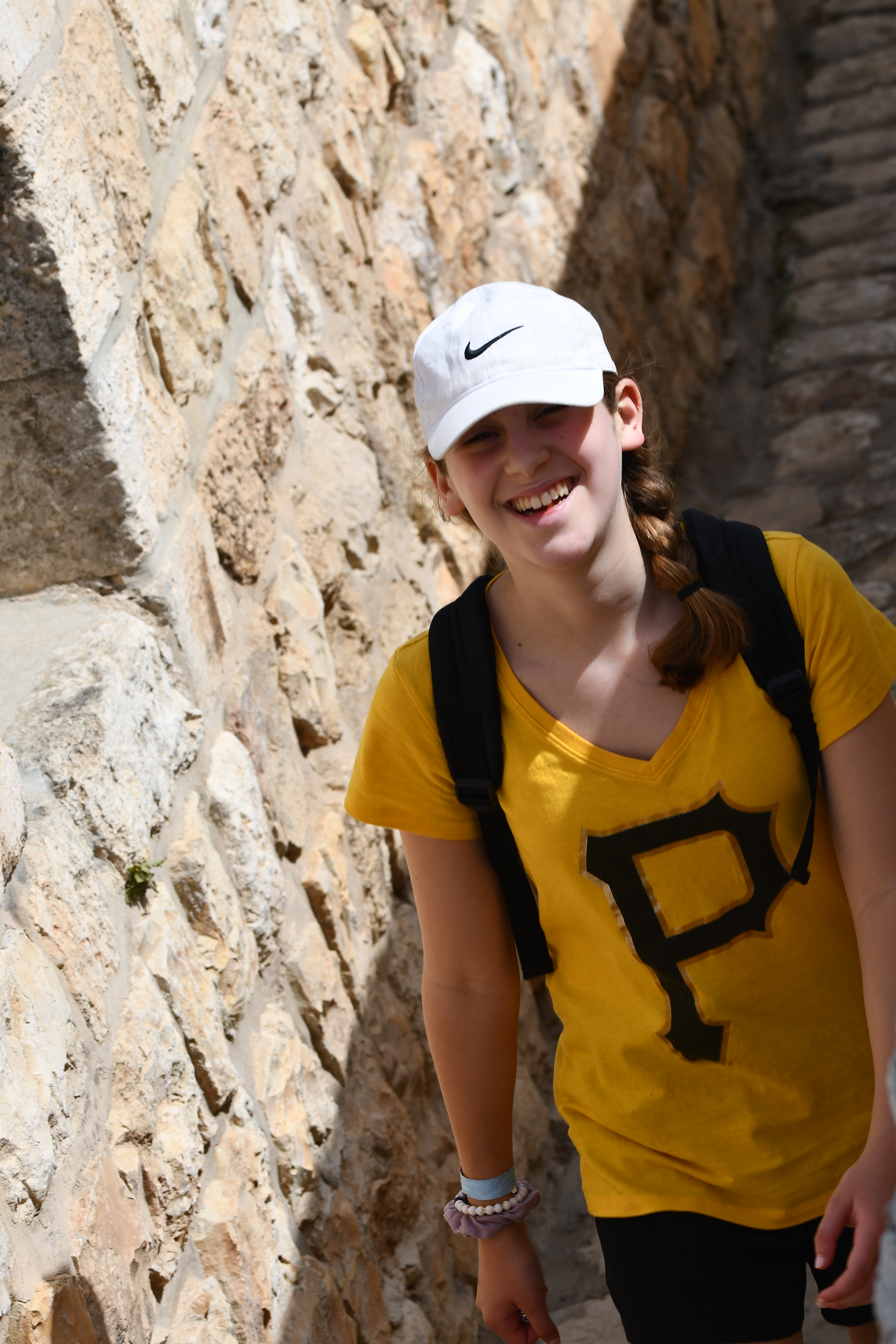



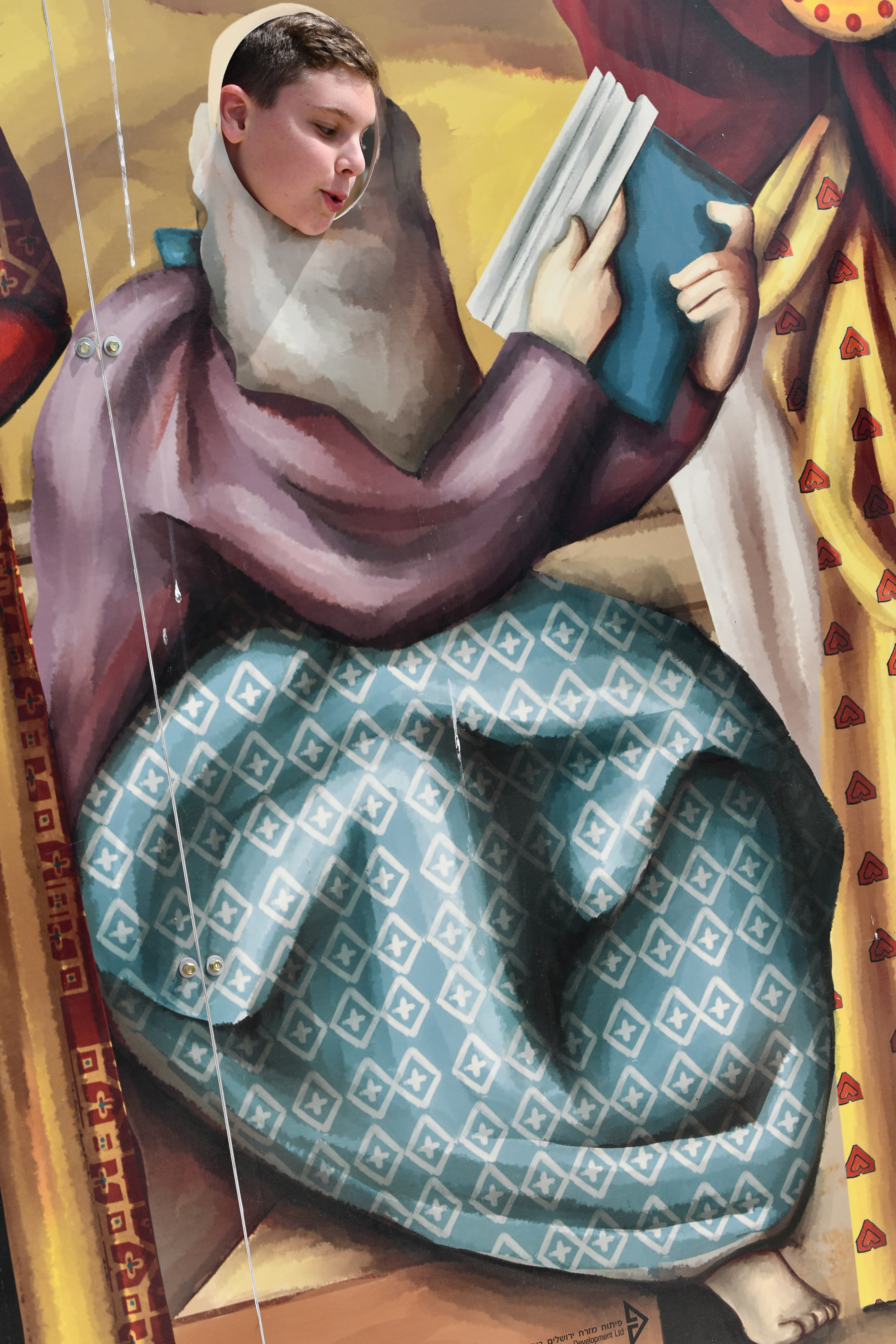




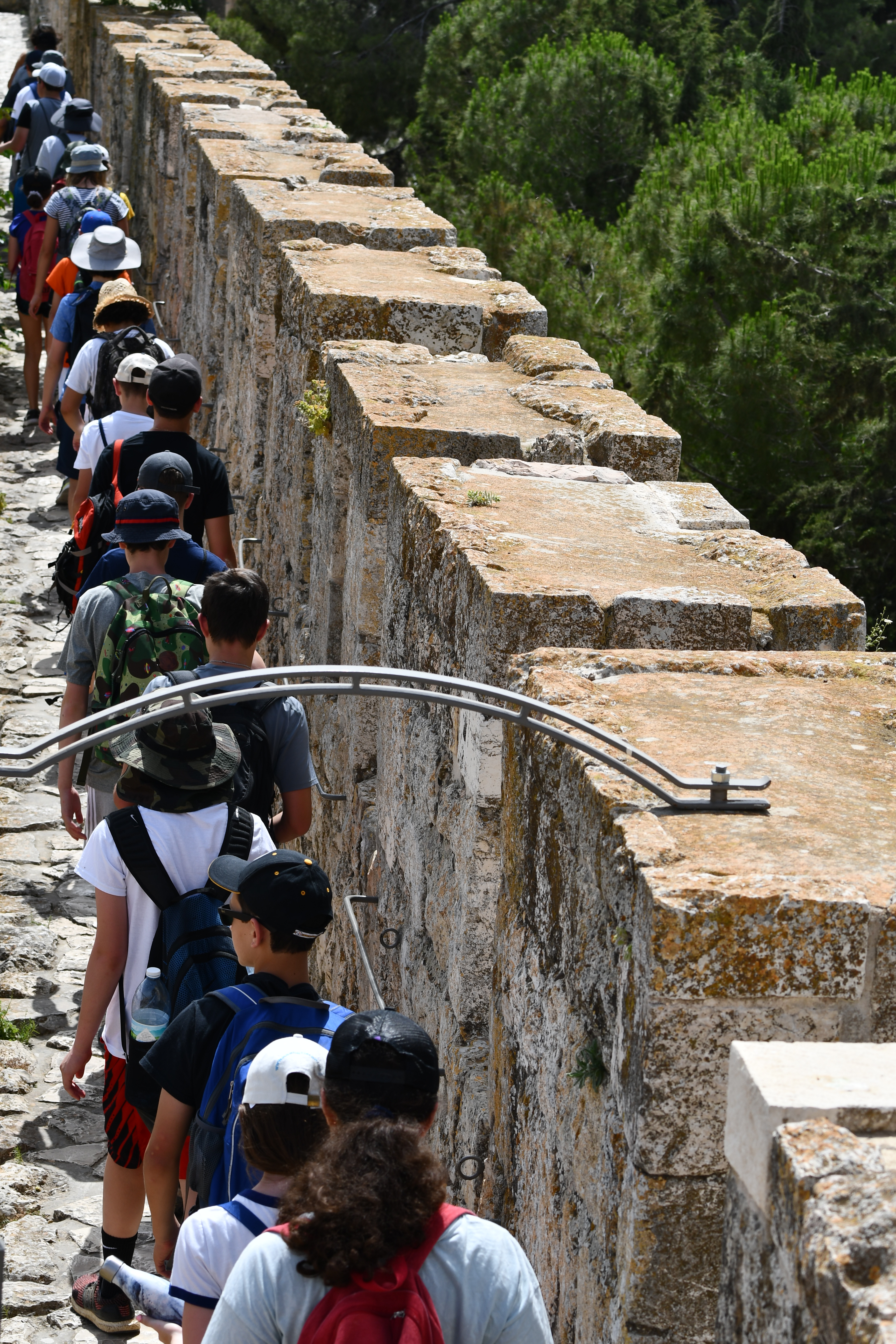






We then time-traveled even further backward to “where it all began,” leaving the 21st century to step back 3,000 years to the reign of King David in biblical Jerusalem. It was on the hilltop where we stood today that King David conquered the “Fortress of Zion” from the Jebusite king, establishing Jerusalem as the unified capital of the tribes of Israel and building his palace. Looking deeper, we began to see the ancient landscape of the city, as David himself described it in the Book of Psalms: “Jerusalem, mountains surround it, and Hashem surrounds His people, from this time and forever.” Today, the City of David is the site of a complex archeological excavation, where new and wondrous discoveries are exposed each year we return.





Our journey through time continued into the period of King Hezekiah, who fortified the city against the invading Assyrians and, to protect his water supply, rerouted the waters of the Gihon Spring into the city about 2,700 years ago through an underground tunnel known as Hezekiah’s Tunnel. An inscription engraved in the wall of the tunnel teaches us that this impressive feat of engineering was accomplished by carving simultaneously from both ends until the workers met each other somewhere in the middle.
We walked through the 1,750-foot ancient tunnel one direction only, making our way through in the darkness with only glow sticks to illuminate our way. Could you hear the screams as we entered the cold water of the Gihon Spring all the way back in Pittsburgh? At the end of the trek, we reached the Siloam Pool, where we dried our feet and celebrated our successful walk, with varying degrees of adrenaline and relief and singing Leonard Cohen’s “Hallelujah.”
Flash forward to the Second Temple period. We continued walking underground–this time in a dry(-ish) tunnel–and then headed to the Jewish Quarter of the Old City for lunch and shopping in the Cardo (the main thoroughfare) in Roman times.



Our next stop was a Chesed project at Pantry Packers in Jerusalem, allowing us to make a meaningful contribution to Israeli society even during our short time here. Pantry Packers is the food distribution arm of the social services organization Tzedakah Central/Colel Chabad. Pantry Packers delivers monthly crates of food and household supplies to Israel’s poorest families and senior citizens.
We had the opportunity to be “pantry packers” ourselves to fill bags of couscous, barley, and other grain that will be distributed to Israelis in need. A smaller group also packed 115 hot meals for the hungry using trays of leftover chicken, vegetables, and pasta delivered by a local food.
Our first instruction was to don our hairnets, gloves, and aprons. The second instruction came from the Rambam himself. On Maimonides ‘Ladder of Charity,’ the greatest level of giving is to help another to become self-supporting by a gift or a loan or by finding employment for the recipient. A lesser, but also meaningful, rung on the tzedakah ladder is to give inadequately, but to give gladly and with a smile. The photos speak for themselves in that regard …

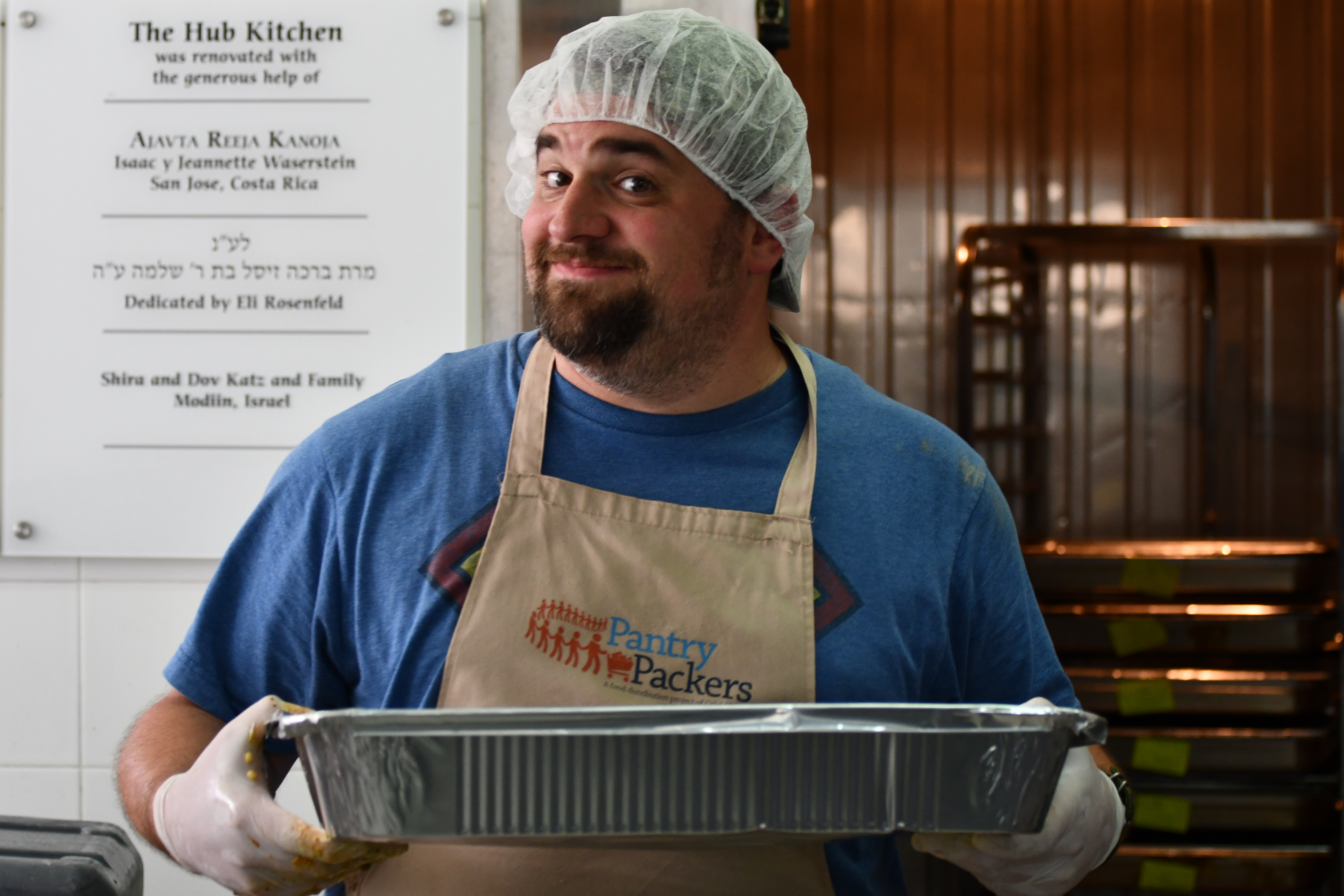























What is a trip to Israel with a group of teenagers without a stop at the mall?! So we ended our night at the Hadar Mall, with an earlier bedtime to get some rest after a whirlwind few days.
Amazing videos and photos. Ivry did the Pantry Packers on his Bar-Mitzvah trip in 2018 and it’s like he’s refollowing in his footsteps again with the water tunnel and City of David and ramparts. This is so amazing!
LikeLike